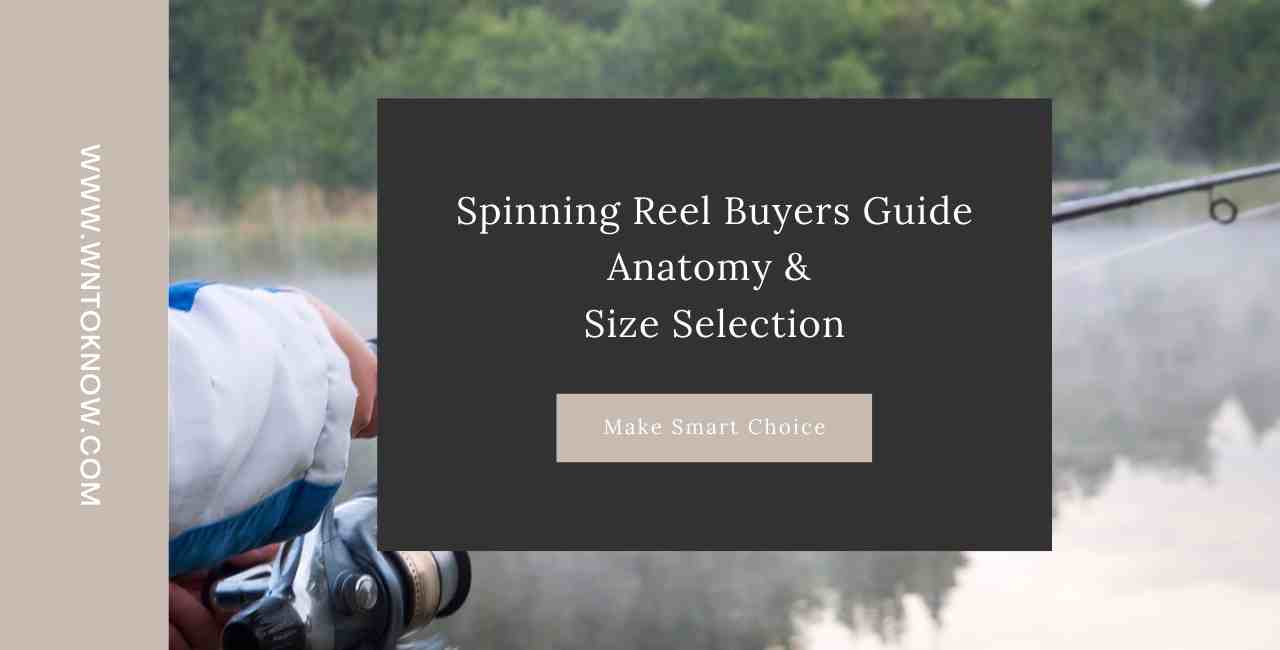
Category: Fishing
Page 1/1


Shimano Tranx Vs Pflueger Fishing Reels- Quick Buyers Guide

Spinning Reel Buyers Guide- Complete Anatomy and Size Selection

SHIMANO NASCI Review: Is it worth the purchase? Features and review

7 Best Penn Saltwater Spinning Reels – Shimano vs. Penn
